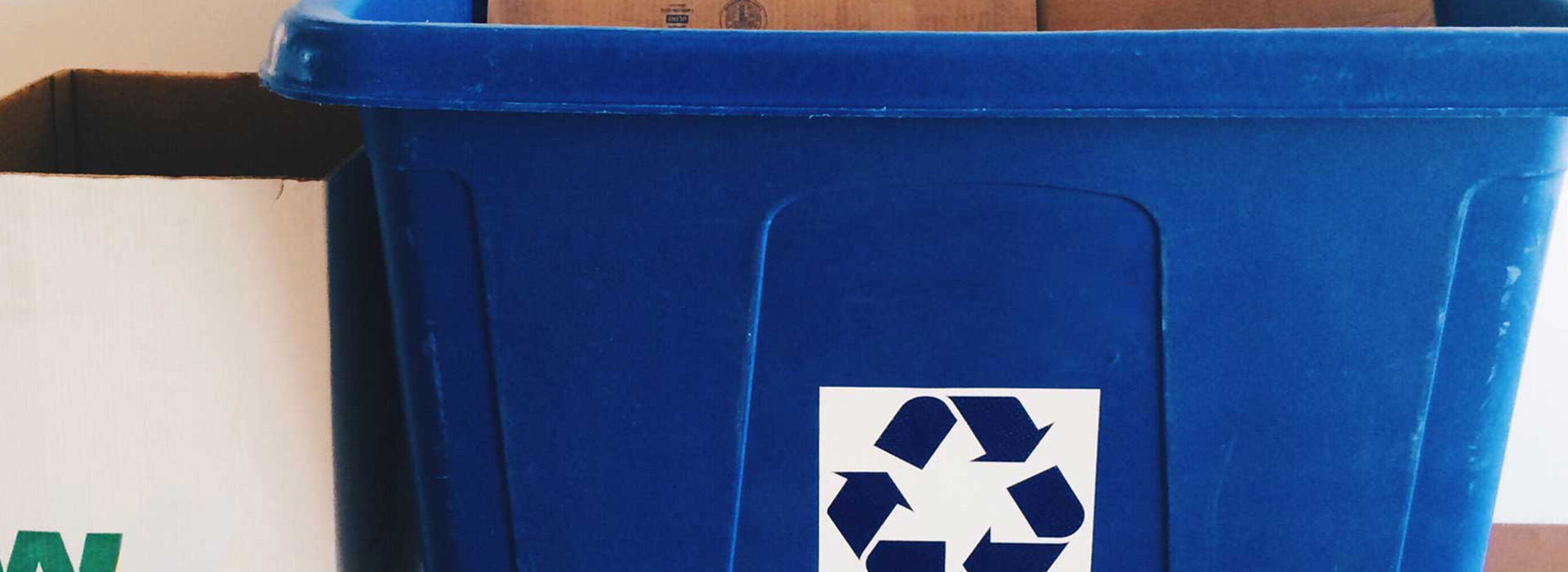
Recycled Content
We continually engage suppliers to increase the recycled and eco-friendly content in our raw materials as we develop strategies that reduce the environmental impact of our products and their manufacture.
Selecting materials with recycled content helps reduce the impacts associated with the use of virgin materials.
Recycled content defined
Pre-consumer recycled content formerly known as postindustrial content: the percentage of material in a product that is recycled from manufacturing waste. Examples include planer shavings, sawdust and trimmed materials. Rework, regrind or scrap materials capable of being reclaimed within the same process that generated them are excluded.
Post-consumer recycled content: the percentage of material in a product that is consumer waste generated by household, commercial, industrial or institutional activity.
Formica® Brand products and recycled content
The recycled content in Formica® Laminate is determined in accordance with ISO Standard 14021
| Formica® Laminate | Preconsumer % | Postconsumer % | Total |
| Grade 10 | 1.9 | 8.6 | 10.5 |
| Grade 12 | 1.7 | 10.6 | 12.3 |
| Grade 20 | 1.5 | 13.9 | 15.4 |
| Backers | 2.4 | 0 | 2.4 |
| Compact | 2.4 | 0 | 2.4 |
LEED Rating System credit calculation
Formica® Brand products are applied as a decorative surface component in a finished assembly, such as furniture and furnishings, and may contribute to LEED 2009 Recycled Content credit, MR 4, or LEED v4 Building Product Disclosure and Optimization- Sourcing of Raw Materials, Optioin 2: leadership extraction practices. Total finished assembly recycled content value is calculated by the sum of post-consumer recycled content plus half of the pre-consumer content by weight and cost. The resulting value is incorporated into the total project’s recycled content calculation. One point is achieved with 10% minimum recycled content and a second point is achieved with 20% recycled content overall.
More on Sustainability
At Formica Corporation, we continually strive to create innovative products that promote a healthier environment to support sustainable design.
